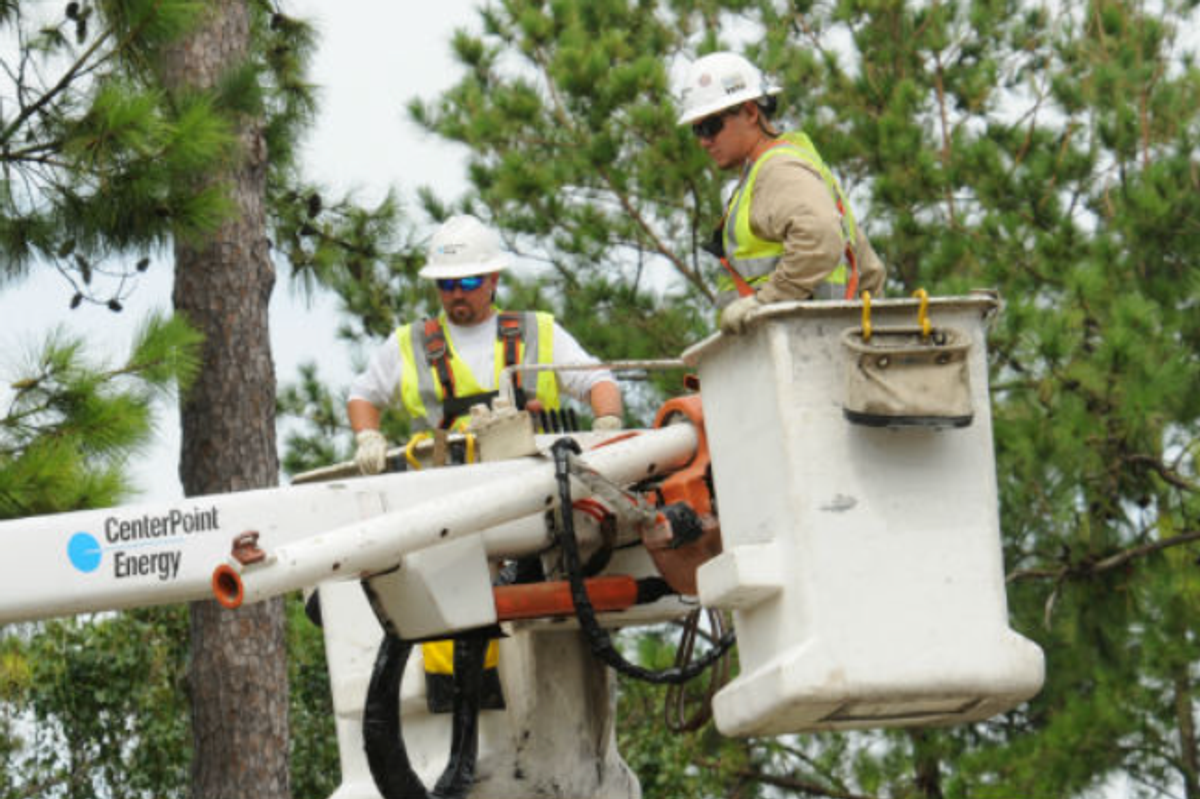Texas energy transition leaders praise progress, call for continued efforts at conference
overheard at SUper dug
Woven in between reflections on the most active consolidation market in recent history, an underlying theme emerged from Hart Energy’s SUPER DUG Conference & Exhibition 2024 in Fort Worth last week. Executives, investors, and analysts conveyed admiration for the emissions reductions achieved across the shales while continuing to meet the growing demand for natural gas.
However, concern for continued investment echoed this praise, as many expressed the need for increased investment to support a world of flourishing population, economics, and technology.
Marshall Adkins, head of energy for Raymond James, shared an analogy demonstrating the energy demand impact from advancements in technology, most notably those sprouting from the widespread adoption of artificial intelligence. Adkins explained that a minimal whole-home generator consumes about 8,500 watts of power; to keep air conditioning, the washing machine, and garage door working results in a pull of approximately 14,000 watts. One single chip from NVIDIA requires that same 14,000 watts plus another 150 percent power for cooling, totaling approximately 35,000 watts — about the same as would completely power an average home as if there were no disruption in supply.
While this volume of power consumption seems hefty, consider that NVIDIA sold over half a million chips in a single quarter last year, and the effect starts to multiply exponentially. And while development of solar and wind power sources will replace most, if not all, of the current energy produced from coal, the stability of the power grid relies predominantly on the continuous stream of natural gas. That is, if the stream of investment into developing and expanding natural gas continues to grow in parallel.
Reflecting on the expectation from public and private investors, as well as upcoming talent, to embrace meaningful advancements in ESG, Will Van Loh, CEO of Quantum Energy Partners, shared the business benefit of greener practices.
“Switching your frac fleet from running diesel to natural gas, we saved one of our companies in the Haynesville half a million dollars per well and reduced GHG by 70 percent. Make a bunch of money and do good for the environment – (that’s a) pretty good deal,” Van Loh told Hart Energy’s editor-in-chief for Oil & Gas Investor, Deon Daugherty.
For decades, the industry has pursued increasingly eco-friendly habits, but the requirements of ESG reporting make it more visible to the rest of the world. Permian Operators, which produce almost half of all US daily oil volume, cited specific strides made in reducing emissions and operating more cleanly during their respective presentations:
- Leadership from Diamondback Energy spoke about adopting the use of clear drilling fluids in lieu of oil-based mud, resulting in faster drilling times and cleaner operations. The technique came along with the acquisition of QEP Resources in 2021 and reflects the company’s commitment to remaining humble in its pursuit of more efficient and more environmentally beneficial methodologies.
- Nick McKenna, vice president of the Midland Basin for ConocoPhillips praised their Lower48 team for reducing gas flaring by 80 percent since 2019 while also increasing the use of recycled water over 3x in that same 5-year horizon.
- Clark Edwards, senior vice president of Development for BPX, cited achieving 95 percent electrification of their Permian well set as of the end of 2023. Building and installing their own microgrid – a practice repeated by numerous operators throughout the Basin, where public infrastructure lags far behind private entity needs – added enough megawatts to their operation to allow BPX to run drilling rigs completely independent of an already strained public grid.
In addition to reducing diesel usage, flaring, and dependence on the public grid for electricity, water management stays a top economic and ecological concern for shale operators all over the United States. While a compelling case of "have and have-not" dominated the shale water business over the last decade-plus, savvy operators increasingly embrace a mindset that water disposal should remain a choice of last resort. Companies like WaterBridge, a Joint Venture with Devon Energy, and Deep Blue, a joint venture with Diamondback Energy, help bring clean and recycled water to areas with shortages, both in and outside of the industry.
As Kaes Van’t Hof, president and CFO of Diamondback Energy, said, “The Midland Basin is now recycling as much water as it possibly can. Eventually it’s going to be about, ‘Water going downhole into a disposal well is the last option.’ Can you recycle it? Can you bring it somewhere else, evaporate it? We’re starting start some early de-sal[ination] tests in the Spanish Trail near the airport. Eventually, can we tell the story that we sell freshwater back to water the golf courses of Midland?”
The Energy Transition steams ahead, but pragmatic observations remind us that oil and gas make up approximately 60 percent of the energy supply today – a volume not easily replaced by any other source completely in the next few years. However, the overwhelming support for delivering the best barrel with the lowest carbon intensity possible permeated Hart Energy’s SUPER DUG Conference & Exhibition 2024.










